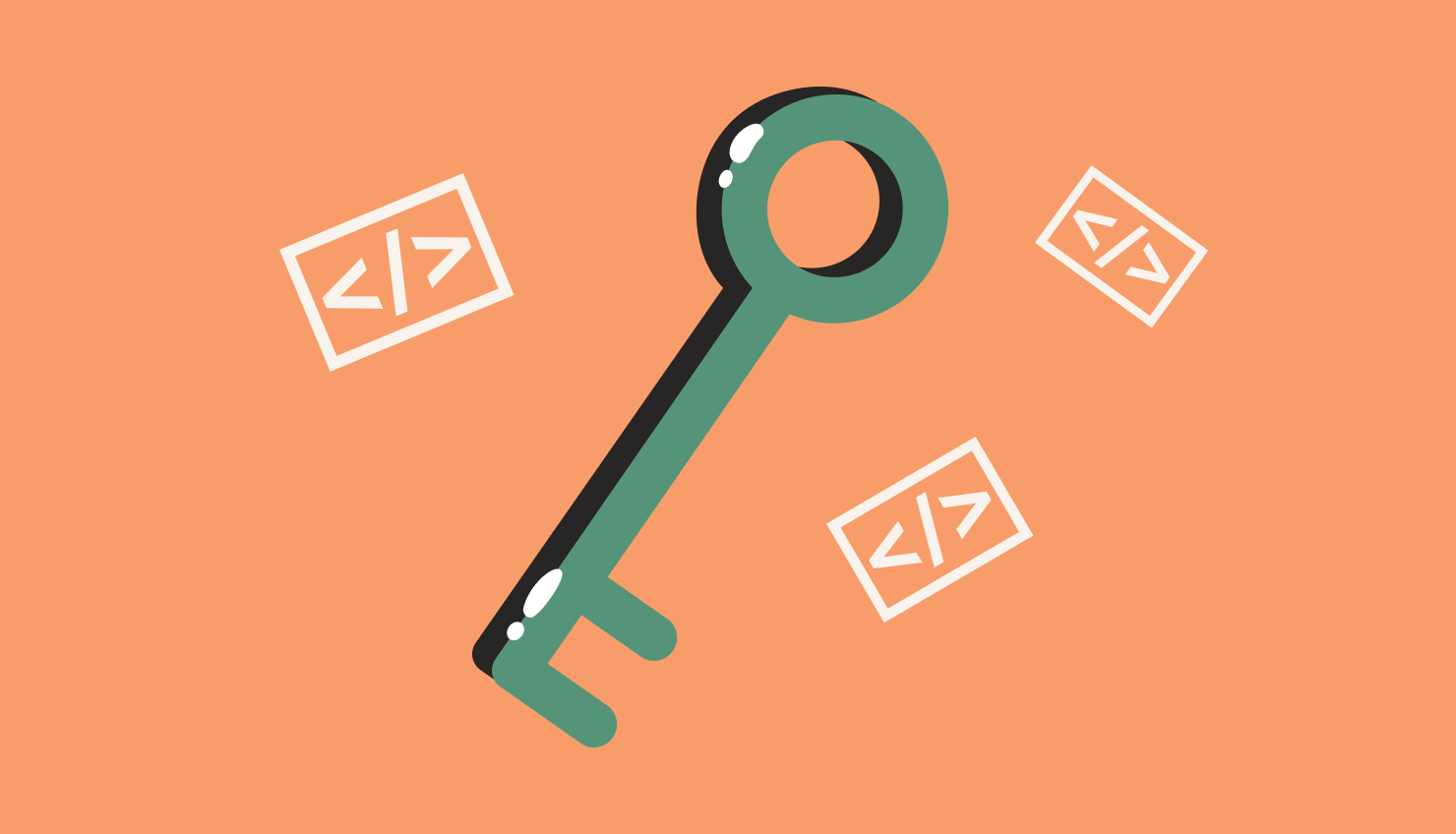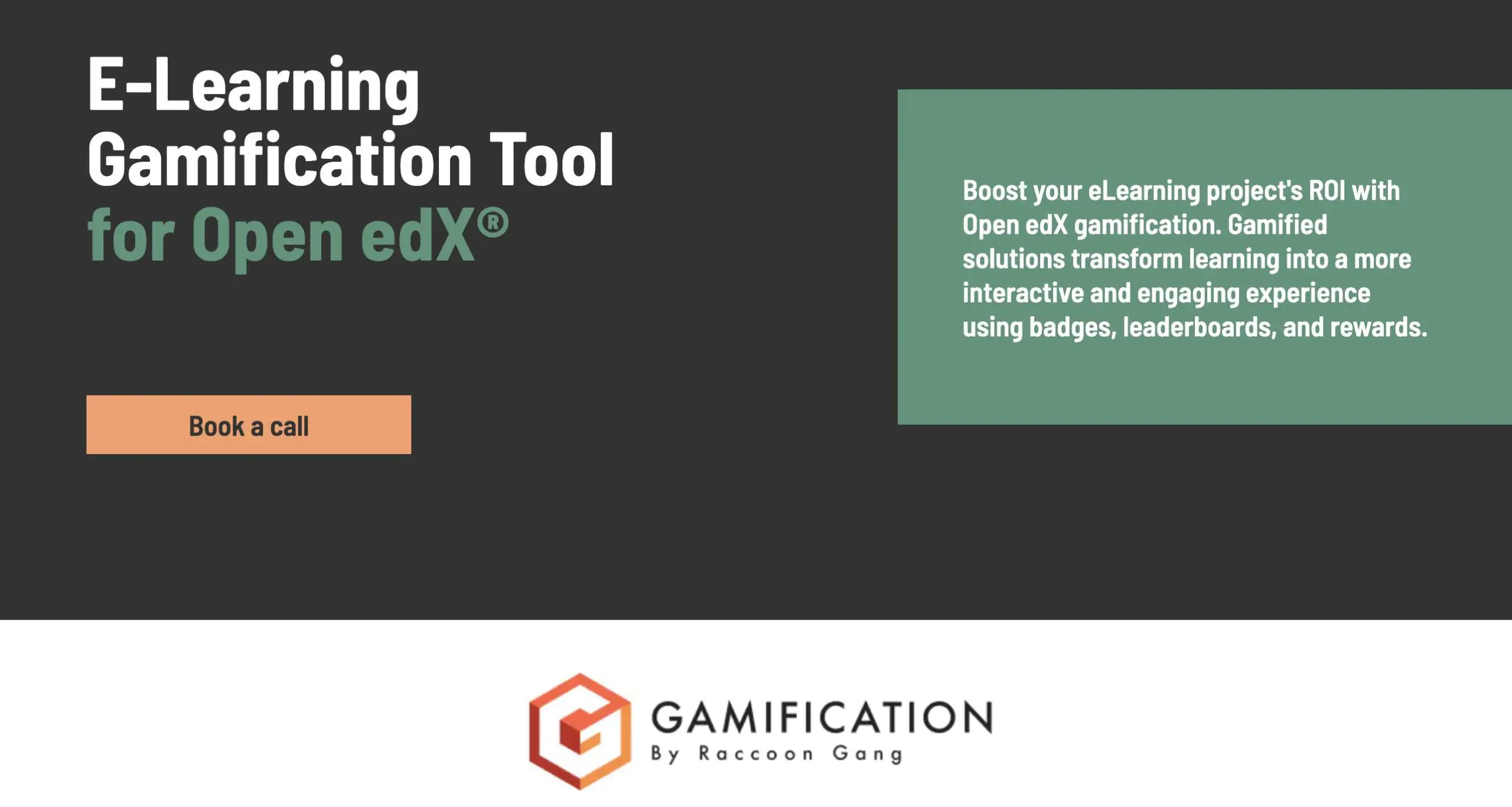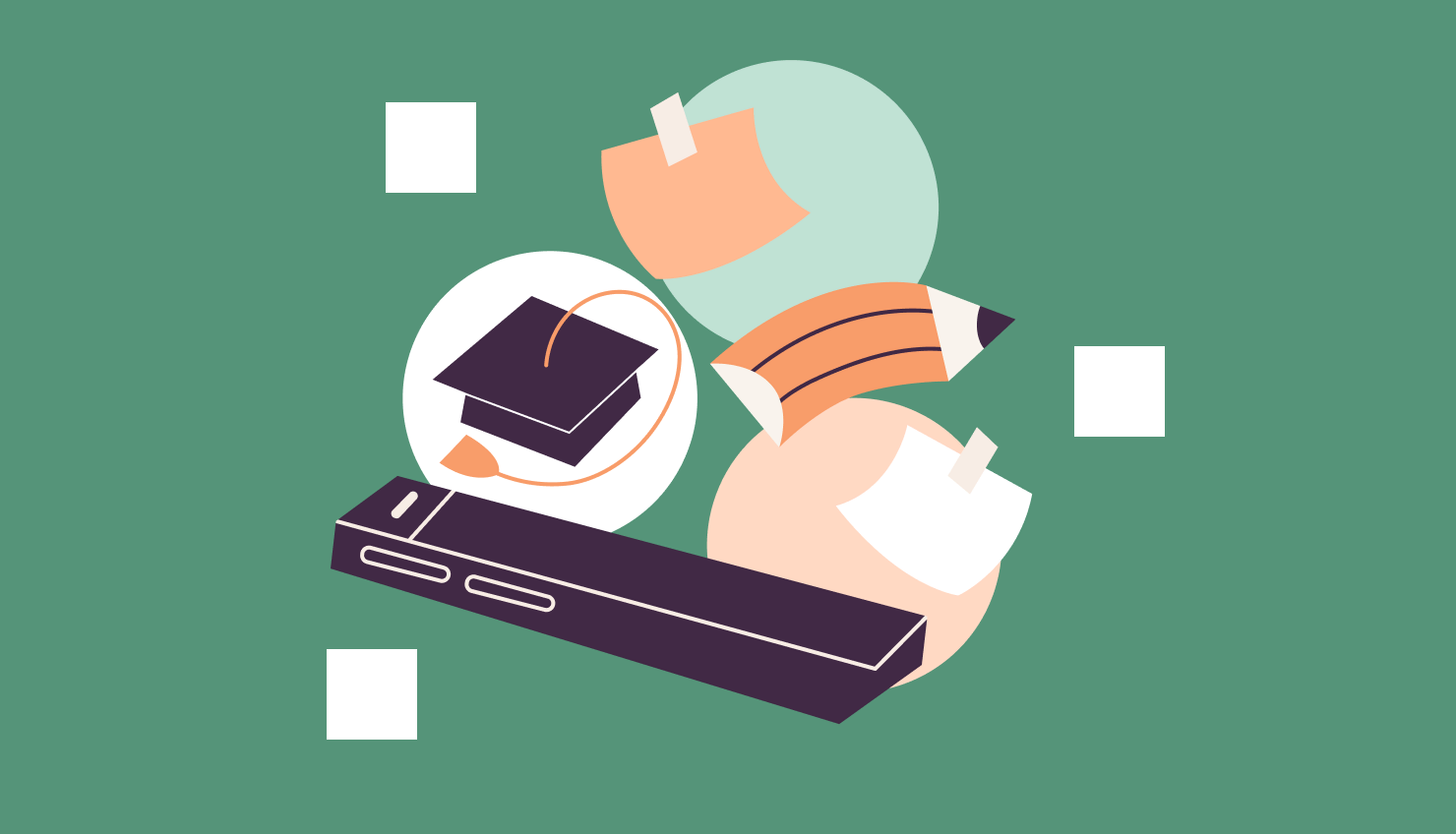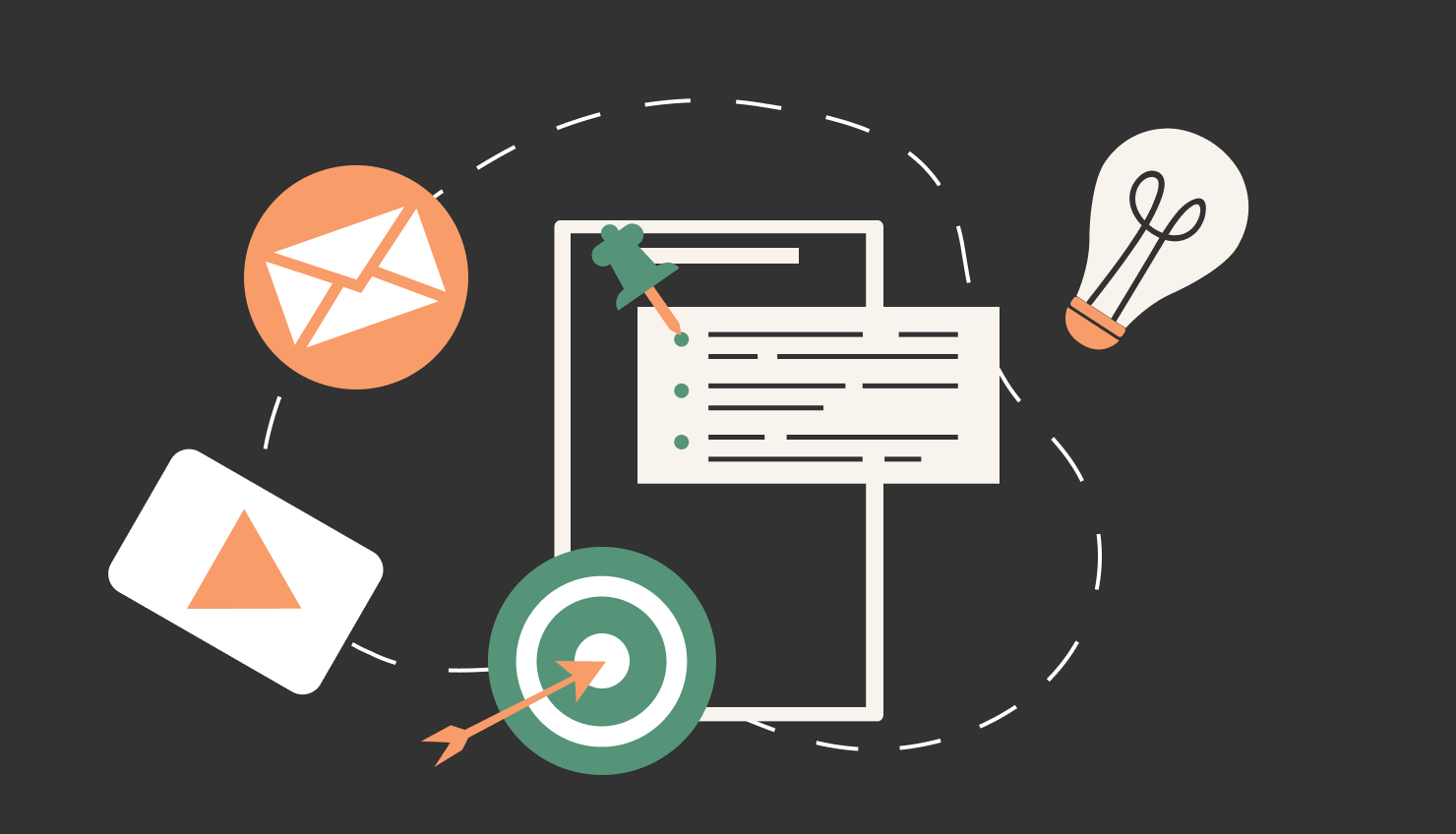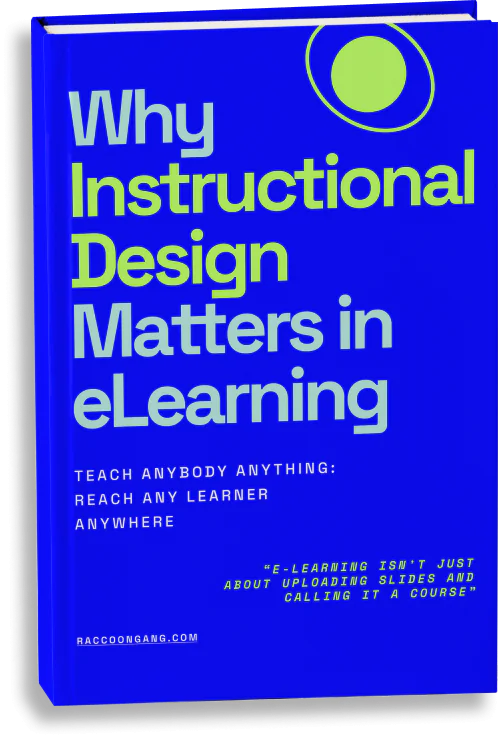What was your favorite game as a child? Open-source gamification tools are a way to bring that spirit of adventure and fun to learning. As romanticized as it may sound, it’s true. When we add gamification in education and integrate game mechanics into the learning process, we see increased student motivation, and our content becomes more interactive.
“Gamified learning leads to a 60% increase in learner engagement compared to non-gamified content.” — Zippia Research
To implement gamification in education, we need tools that meet the needs of K–12 classrooms, corporate training, and higher education simultaneously. One such solution (which will satisfy both schools and organizations) is open-source LMS gamification platforms.
In this article, you will find:
- Why open-source means more than just saving money
- How open-source tools support custom learning goals
- Top 5 open-source gamification tools
- How to implement gamification in your learning environment
- Examples and cases of use of gamified learning software
Whether you’re evaluating the best gamification software or looking for a best gamification platform software that supports full customization, this guide will help you make an informed choice. Let’s get started!
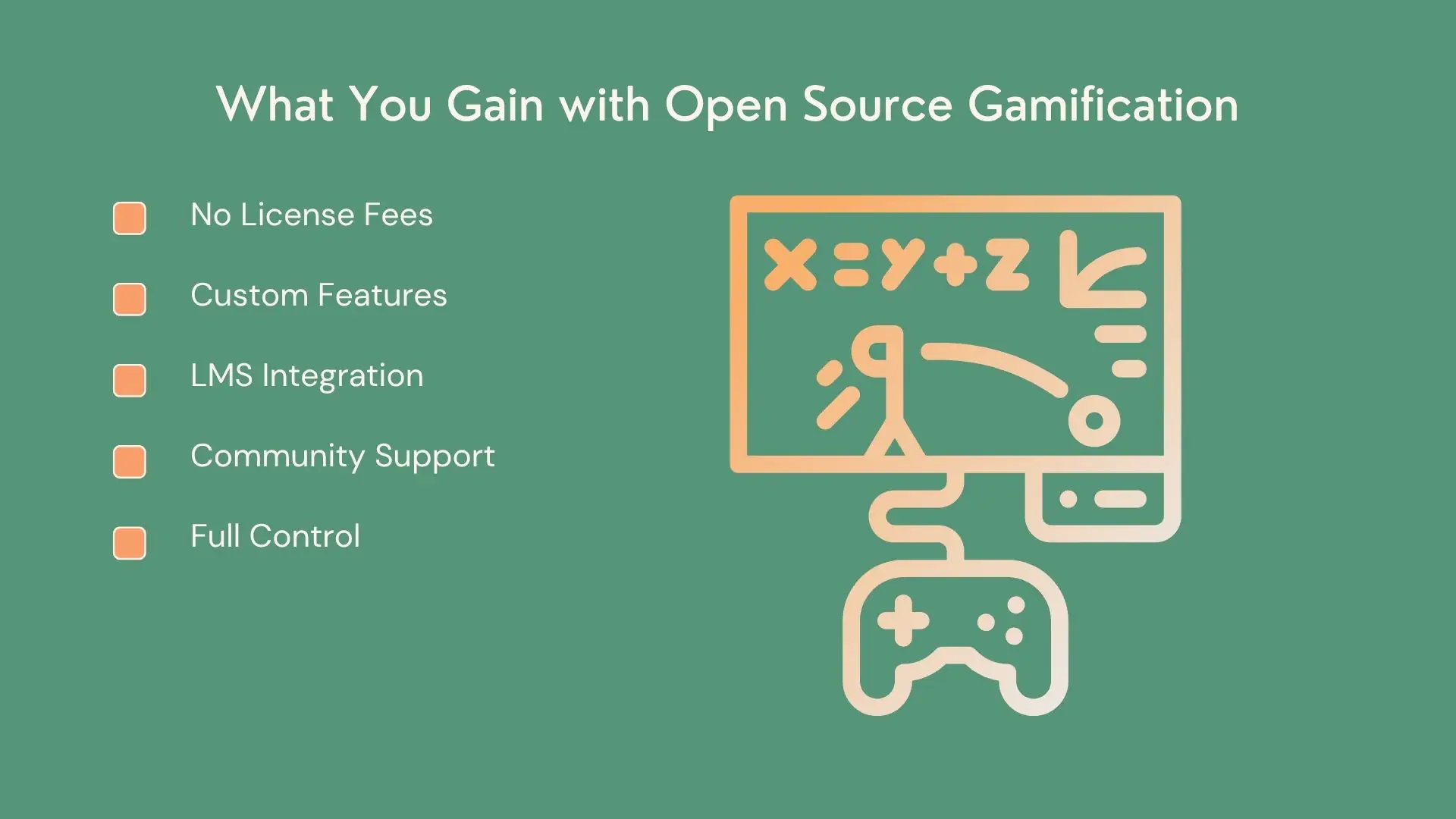
Open-source gamification gives you full control, lower costs, and the flexibility to engage learners your way.
Why Choose Open-Source Gamification Tools?
We’re all limited by budgets, especially when it comes to organizational expenses, and you’re not the decision-maker. Open-source gamification tools offer good news in this regard. Unlike proprietary solutions, they offer full access to the source code for free.
So, cost-effectiveness is firmly in the “Pro” column when we talk about online gamification tools. By removing the financial burden of licensing fees, schools and organizations can protect their budgets. School administrators, in turn, get access to a solution that can improve learning outcomes while remaining thrifty.
Flexibility is another strong point. Your technical team gains control over the platform—like clay they can shape into the brick house they want. Adding features, adjusting design, and connecting the tool to your other systems won’t be a problem. That’s one of the biggest advantages of LMS gamification open source—it adapts to your environment, not the other way around.
“With the rise of educational gamification tools, instructional designers can now create gamified content that aligns with course objectives. As a result, educators can test new methods to engage students and receive other benefits of gamification in learning for their curriculum.” — Head of Instructional Design at Raccoon Gang
Here’s another important point. Many open-source projects rely on active user communities and contributors. Within these communities, updates, plugins, and fixes are constantly shared. And of course, as EdTech professionals, you can always count on community support for technical issues or platform improvements.
Meanwhile, before implementation, consider the following:
- Ensure your team has the tech skills to maintain the online gamification tools.
- Review documentation and active community forums.
- Check if the tool supports key benefits of gamification in learning, such as progress tracking, instant feedback, and goal-based learning.
Top 5 Open-Source Gamification Tools
When choosing the best open source gamification tools, look for relevance rather than all-inclusiveness. Simply put, you don’t need every possible gamification feature; you need something that completes your course, platform, or overall learning approach. Below are five proven gamification platforms for education, each offering unique value to educators, instructional designers, administrators, and EdTech professionals.
1. Open edX with Gamification by Raccoon Gang
A powerful option for large-scale learning environments. The Open edX Platform becomes even more effective when extended with additional open-source gamification software. Because Open edX code is developed by an open-source community, an LMS receives new add-ons from contributors inside the community.
For example, Raccoon Gang’s gamification tool for Open edX LMS supports a comprehensive list of game mechanics. Such features as points, badges, levels, and leaderboards are not available by default on the Open edX platform, but with Raccoon Gang’s extension, they are, along with avatars.
Key features:
- Points, achievements, and leaderboards
- Custom badges and avatars
- Progress-based rewards and instant feedback
- Integration with dashboards for learner tracking
2. Docebo
Although not fully open-source, Docebo earns a place here for its modular design and strong gamification tools. It works well for mid-sized and large organizations training multiple audiences.
Key features:
- Leaderboards and challenges
- Custom awards and badges
- Personalized learning paths
- Centralized multi-audience management
3. H5P
H5P is a free browser-based authoring tool. The tool helps with building interactive HTML5 content. It’s ideal for teams working with limited budgets who want to add gamified elements to existing courses.
Key features:
- Easy integration with popular LMSs
- Content reuse and sharing
- Tutorials and community support
- No licensing fees
4. Anki
Anki is another free, open-source tool. The solution works as a flashcard tool based on spaced repetition. Smart algorithms remind learners when to review—right on time. It looks like Quizlet, etc.
Key features:
- Personalized review schedules
- Mobile and desktop apps
- Open content sharing
- Long-term memory reinforcement
5. Habitica
Originally built for habit tracking, Habitica applies RPG mechanics to daily tasks—including learning.
Like other open-source solutions, Habitica is community-driven, ready to propose you gamified experiences such as quests, avatars, and rewards depending on your preferences.
Key features:
- Goal tracking with in-game rewards
- Collaborative learning through teams
- Custom tasks and character development
- Open API for custom integrations
These tools show how open-source gamification software can support different types of learning—whether you’re building large-scale LMS solutions or adding interactive content on a budget.
Comparative Analysis: Best Open-Source Gamification Tools for Learning
| Tool | Best For | Use Cases | Rating (★ out of 5) |
| Open edX + Raccoon Gang Gamification | Scalable, fully customizable learning platforms | Higher education, corporate training, certification | ★★★★★ |
| Docebo | Training multiple audiences from one platform | Onboarding, compliance, partner education | ★★★★☆ |
| H5P | Quick interactive content with no budget | Quizzes, course modules, learner engagement | ★★★☆☆ |
| Anki | Memorization-heavy topics and individual learners | Language learning, test prep, knowledge reinforcement | ★★★★☆ |
| Habitica | Personal motivation and self-directed learning | Study habits, soft skills, task tracking | ★★★☆☆ |
“When we do a gamification platform comparison, we always look at how each tool fits the audience and purpose. For example, gamification tools for higher education need to support scalability and custom design, while gamification tools for training should be quick to deploy and easy to manage. The real value comes from advanced tools for student engagement—features like progress tracking, badges, and leaderboards. These are the gamification software features that help turn passive learners into active participants.” — LMS Solutions Architect, Raccoon Gang
How to Implement Gamification in Your Learning Environment
If you, as an educator, are primarily interested in keeping your students focused on the learning material and motivated to continue learning, game mechanics are your magic elixir. Keep in mind that when implementing gamification, you should not focus on the question of how to make learning more fun (this is important, but not an end in itself).
Your students—and you, as a course owner—will gain much more from things like points for progress, badges after milestones, and competition on the leaderboard. And for this, you cannot do without gamification integration in an LMS, LXP, or another existing system where your learners study.
Gamification Implementation Roadmap
- Set clear goals. Start with the learning outcome. Gamification strategies work best when tied to real results.
- Pick your tool. Choose something your team can manage. Open-source tools are great for control and flexibility.
- Plan the mechanics. Decide how points, badges, levels, or leaderboards work in your course.
- Start with one course. The best ways to implement gamification often begin with a simple test. Launch, observe, adjust.
- Connect to your LMS. A smooth gamification implementation depends on clean integration. Avoid manual updates.
- Ask for feedback. Students and instructors will tell you what’s working—and what’s not.
- Keep improving. Update content, rewards, and visuals regularly to keep the system fresh.
Best Practices for Success
- Stick to clear, simple rewards like badges and points
- Tie each reward to a learning outcome
- Avoid clutter, especially for mobile learners
- Use leaderboards only when they add value
- Mix in teamwork and peer interaction
- Make sure learners know exactly how to earn rewards
- Refresh content regularly to avoid fatigue
When looking for an answer to the question of how to gamify learning or exploring how to gamify online learning for your students, don’t overthink it. Start small. Let’s take a look at Raccoon Gang’s experience in gamifying learning. No abstractions – just real business cases.
Raccoon Gang Experience
At Raccoon Gang, we take pride in being a trusted leader in delivering top-notch eLearning Gamification systems for Open edX® across diverse industries. We specialize in Open edX development services, including the development of gamified solutions. With our extensive expertise in gamification, we have developed our own gamification tool (RG Gamification).
RG Gamification is an open-source tool developed by Raccoon Gang to bring structured, meaningful engagement into online courses. Built for Open edX, it helps educators and businesses make learning more goal-driven and rewarding.
Unlike basic gamification plugins, RG Gamification supports flexible setups for rewards, challenges, and learner progress tracking. It’s not just about adding points—it’s about building systems that keep people learning over time.
This solution is used in many of our eLearning solutions for businesses. Whether you’re training employees or educating customers, it adds value where it counts—motivation and results.
Key Benefits of RG Gamification
- Keep learners moving forward with points, badges, and visible rewards
- Add competition with leaderboards and milestone challenges
- Link progress to goals using clear, achievable outcomes
- Make learning more interactive and measurable
- Use microlearning to support retention and focus
- Integrate directly with Open edX for a seamless experience
Conclusion
Gamification isn’t a trend—it’s a proven method for improving learning outcomes over time. The benefits of gamification in education show us how to support motivation, consistency, and real skill development, but without boring long-formatted (old school) lessons.
Gamification in online education, when realized with tools like Open edX gamification or H5P, helps learners stay on the study course. At the same time, you receive the solution for measuring student progress. Teachers use gamification tools for education to add points, badges, and challenges to their lessons. Course creators rely on gamification tools for e-learning to keep students motivated and actively participating.
For organizations, employee engagement learning tools based on gamification do more than boost completion rates. They create habits. They support knowledge retention. And they help teams stay focused on business goals.
Whether you’re designing for schools, companies, or self-paced courses, gamification is a tool worth using with purpose. Start with small wins. Build up gradually. And always connect game mechanics to meaningful outcomes, because for everything else, students have a PlayStation 🎮
